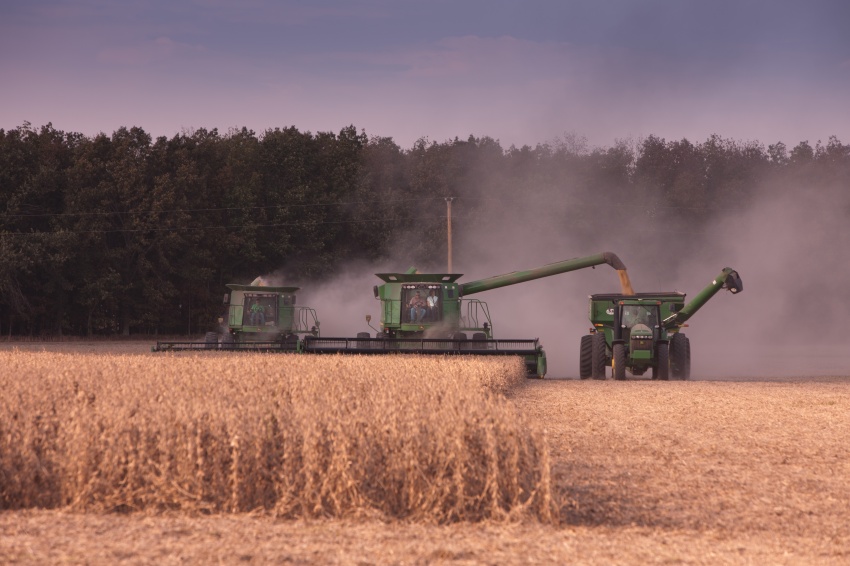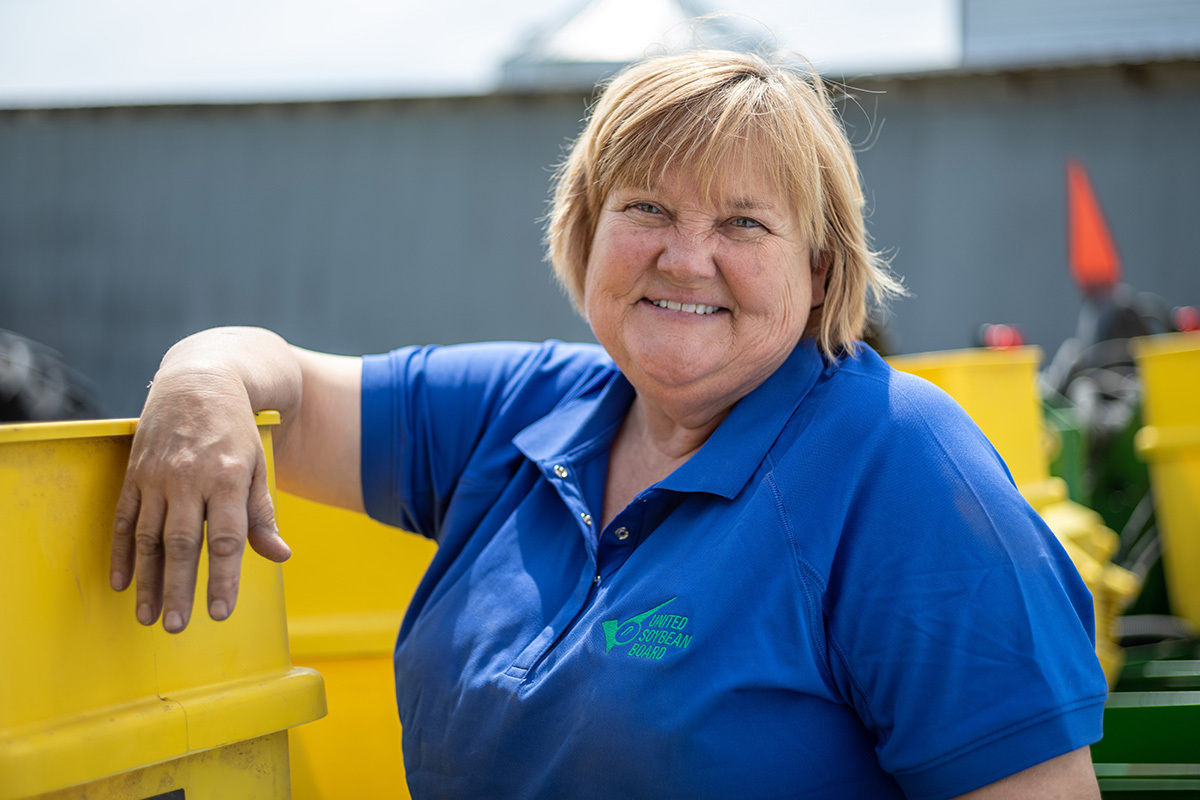Moisture Rates Could Make Harvest Timing Tricky

Tips for determining when to harvest based on soybean-moisture measurements
Wet conditions can leave many soybean farmers with difficult decisions over when to harvest.
“Varying growing conditions can result in various maturities, with some soybeans at a lower-than-desired moisture content,” says Ken Hellevang, North Dakota State University extension specialist and ag engineer. “We’re typically shooting for a 13 percent moisture rate – lower than that, farmers will have less product to haul to market.”
While it’s often easiest to leave soybeans in the field to dry down to a 13 percent moisture rate, leaving them in the field too long can dry them too much – when this occurs, they are prone to damage. However, soybeans are also susceptible to damage from splits and breakage when running through a dryer, so Hellevang encourages farmers to carefully measure grain moisture to determine whether to dry their soybeans in the field or to invest in high-temperature drying.
“This decision needs to be made on a farm-by-farm, or even a field-by-field bases,” he advises. “Farmers should look at how many beans are in the field and how much damage is occurring, along with looking at their specific dryer’s cost per bushel and per-moisture-removal basis.”
While there is no “one-size-fits-all” tip for drying soybeans to the ideal moisture content, Hellevang does have some other advice for farmers.
“Make sure to test a representative sample,” he says. “Most fields have a variance, and something as simple as dew on the seed could affect the accuracy of the measurement – so sample different locations and get as uniform a product in the moisture metering as possible.”
Hellevang has been studying and advising farmers on the areas of drying and storage for more than 30 years. Click below to learn how he describes the impact of a wet season:



